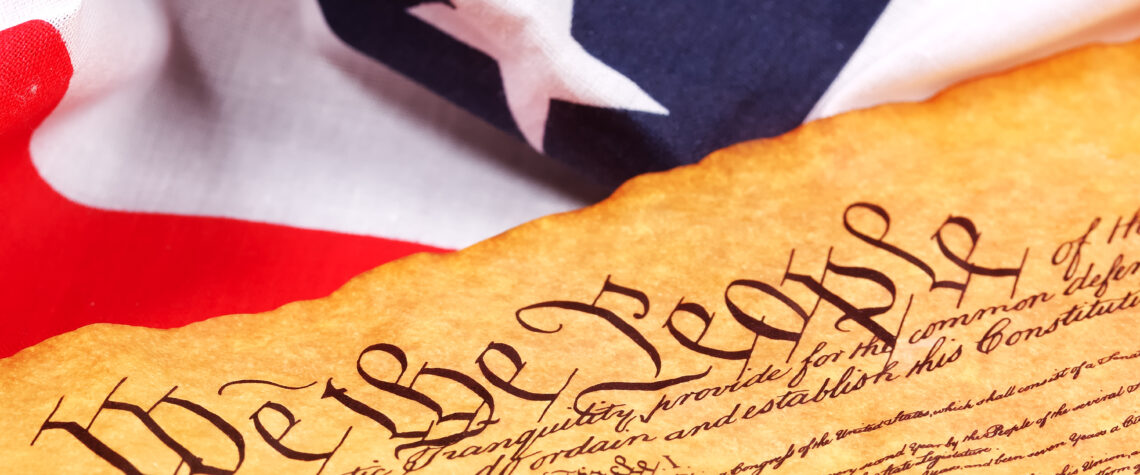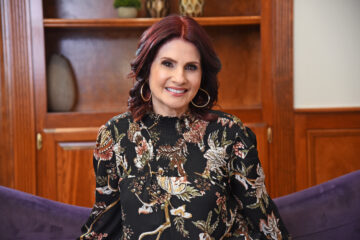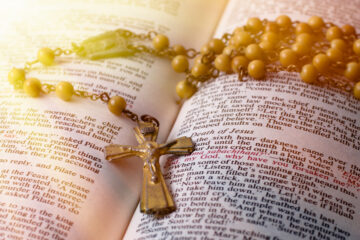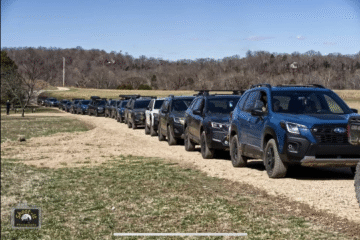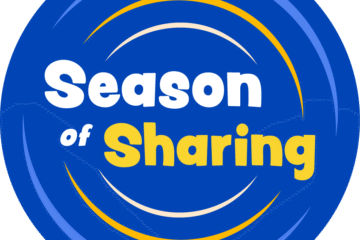“A page in history,” Supreme Court Justice Oliver Wendell Holmes once observed, “is worth a volume of logic.” In no area more than religious free speech and debate is this adage more true. In the troubled arena of free speech, and in particular, religious speech, we are witnessing a shifting landscape today in which division over this time-honored exercise of liberty stirs division and sadly too often, violent dissent.
Rarely in American history has the relationship between free and open debate and violent reaction been more widely discussed and intensely challenged than it is today. The tragic assassination of Charlie Kirk is perhaps the sharpest example of this trend, and its impact on the national conscience has been profound in terms of the duty to protect and defend the right of open and robust religious debate.
The Supreme Court has long recognized the important role that religious speech and exercise has played in our nation’s history, even when such speech stirs division. In a case called Lee v. Weisman, the Court addressed whether principals of public middle and high schools in Providence, Rhode Island, could invite members of the clergy to give invocations and benedictions at their schools’ graduation ceremonies.
“Our society would be less than true to its heritage if it lacked abiding concern for the values of its young people, and we acknowledge the profound belief of adherents to many faiths that there must be a place in the student’s life for precepts of a morality higher even than the law we today enforce. We express no hostility to those aspirations, nor would our oath permit us to do so. A relentless and all-pervasive attempt to exclude religion from every aspect of public life could itself become inconsistent with the Constitution.”
When evaluating speech activity in religious liberty cases, the Court has coined the distinction between “real threat and mere shadow”. Only when one’s words communicate an intention to carry out some act of violence on another is the law permitted to step in and curtail or punish such speech. But when placing restrictions on free speech, even speech which may seem to some to be alarming and offensive, courts must tread lightly. Is the speech a “real threat” or mere shadow?
Once I was asked to defend a street evangelist named Timothy Schuler arrested in Chambersburg, Pennsylvania on a noise ordinance. Tim was blessed with an unusually loud voice, and when he preached on the courthouse square, his unamplified sermons reverberated throughout the downtown area. Several merchants complained to the city that his preaching was disruptive and turned away shoppers from the downtown district. One elderly lady actually testified in court that Rev. Schuler had called her a harlot. When Tim took the stand in his defense he responded: “Well, I was preaching from a verse in the book of Isaiah which reads: “How is the faithful city become a harlot. Full of judgment. Righteousness was lodged in it; but now murderers!” He said, “but I cannot help it if the Holy Spirit spoke to this lady when she heard the word “harlot”. The judge laughed out loud, but Tim had made his point. His words, while offensive and even convicting, were nonetheless protected.
To quote from Kirk, when open religious debate is silenced, the violence begins. As Christians, we are commanded to go forth with a message of salvation, and as the Apostle Paul’s life bore witness, the gospel message itself can incite violence and hostility. The cases we take on many times are also unpopular, but are necessary if we are to stand fast in the liberty wherewith Christ has made us free.
Larry L. Crain, www.crainlaw.legal
INCLUDE HEADSHOT AND QR CODE


